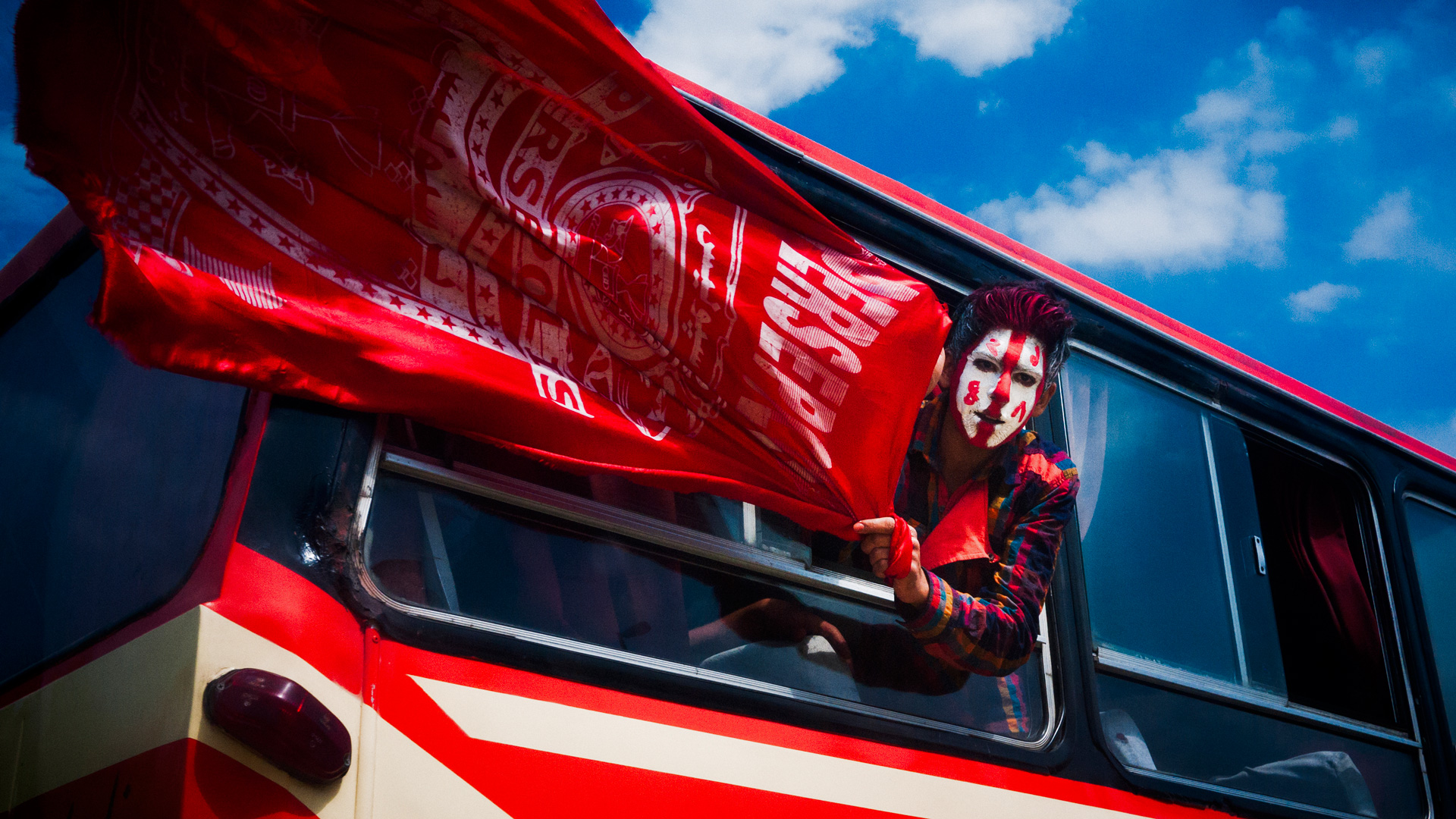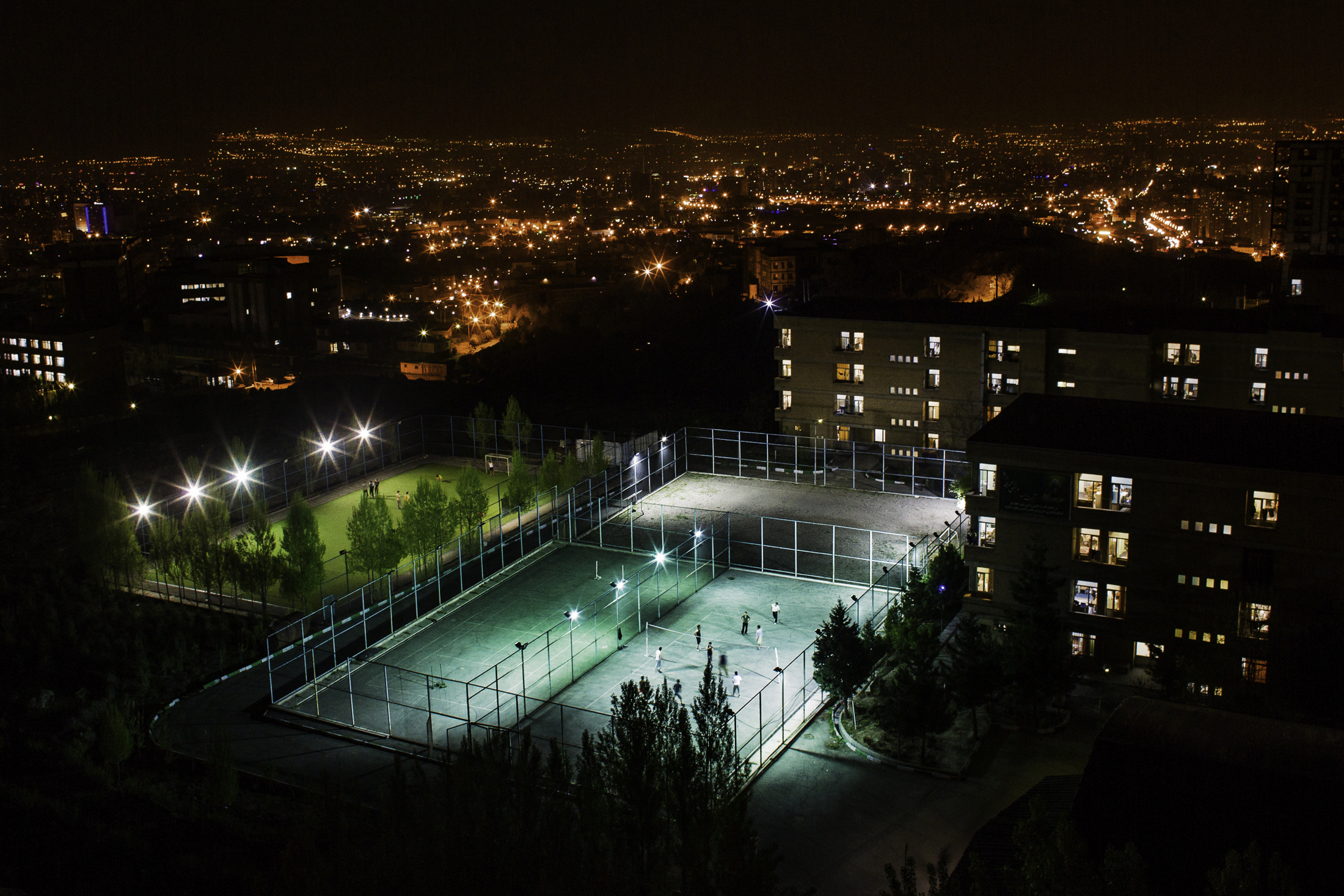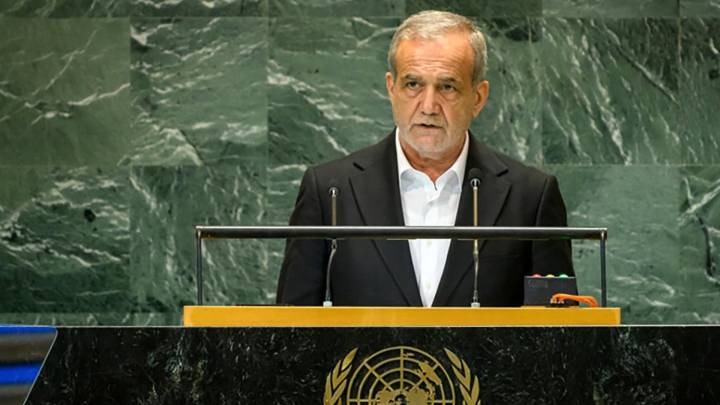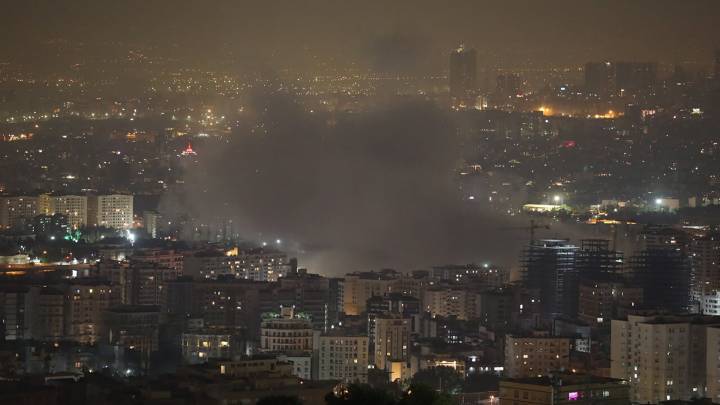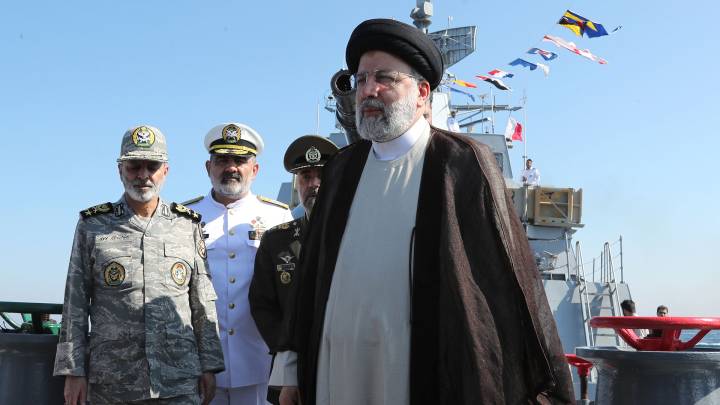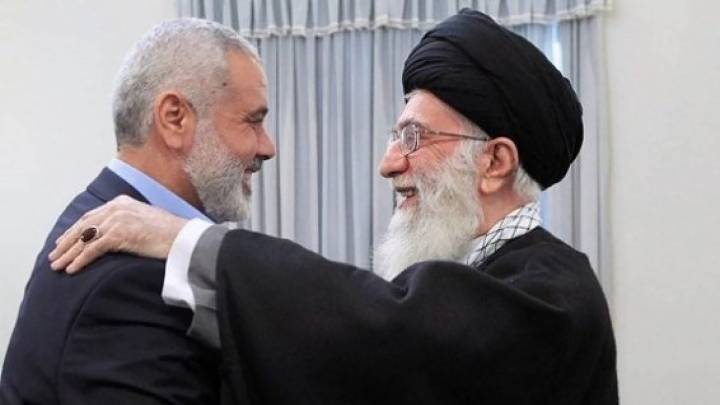Persepolis FC Tehran and Esteghlal are the two biggest football clubs in the country. The Iranian regime has come to view football as a useful tool, a circus for the masses.
Abbas and Tam run into each other on the way to the stadium, much as football fans in Germany might meet in a bar before a Bundesliga match. It’s football. They cover the stretch between train station and stadium on foot, chatting about the World Cup in Brazil. Abbas also has inside knowledge about some impending transfer or other – “Have you heard about...? – but Tam knows better – “What a load of rubbish!” Tam lives here in Tehran. Abbas comes from Ahvaz, a good eight hours away by car, though he flew in, which takes just an hour. Ahvaz is the capital of Khuzestan Province in western Iran, on the Iraqi border. “It’s hot and dusty there,” says Tam. Abbas laughs. “Yeah, and the football’s good,” he says.
Tam has a plastic splint on his nose, with a special dressing over it which covers his cheeks and the space between his eyebrows. He has a blue and white Esteghlal flag around his shoulders, hanging over his blue tracksuit pants down to his blue shoes. Abbas is exactly the same age as Tam: 27. He has a fashionable haircut and is wearing ankle-length jeans and grey Chuck Taylors. Tam has applied for university but hasn’t yet been accepted. Abbas has finished his degree, but he can’t find a job and occasionally drives a taxi when his cousin’s car is free. They don’t really have any desire to find out more about each other. They chat and laugh with other so light-heartedly that you would think they were sitting on a beach, looking out onto the ocean.
The vendors have arranged sunflower seeds, Pepsi and merchandise on pieces of fabric draped on the dusty ground. Team strips, caps, air horns – all in the blue of Esteghlal Tehran FC, all fake and a little more expensive than in the bazaar in the city centre. Tam keeps gnawing at his fingernails or fiddling with his nose brace. It’s three games from the end of the season in the Persian Gulf Pro League, and he’s nervous. FC Esteghlal Tehran is in third place, and today is up against second-place Naft Tehran. A crucial match, and a mini local derby to boot. Abbas doesn’t care. His home team, FC Foulad Ahvaz, is top of the table. It was his dream to one day see Esteghlal FC here in the famous Azadi (Freedom) Stadium, and today is that day.
The Shah made significant investments in the country’s sporting infrastructure. Mosques had to make way for football stadiums. There is a saying in Iran: at birth, you become either an Esteghlal fan or a Persepolis fan. Persepolis FC Tehran and Esteghlal are the two biggest clubs in the country. More than 100,000 people go to their derbies. They’re as much a part of Iranian history as Kerbala, Farah Diba or Khomeini. The last Shah controlled the biggest clubs and filled important functionary positions with loyal military personnel. He exploited the popularity of football for his nationalist and secular politics. In the early ’70s, the Shah made significant investments in the country’s sporting infrastructure. Mosques had to make way for football stadiums.
After the Islamic Revolution, vengeance was taken and Friday prayers were held in football stadiums. Religious fervour, puritanism and revolutionary asceticism provided the impetus for the new government. The private clubs were nationalised. The enduring enthusiasm for football was anathema to the fundamentalists; they preferred to see young men in mosques than in stadiums or on sporting fields. For them, football was just a Western colonial conspiracy which exerted a dangerous influence in the country, and was to be repressed with all their power.
“Whoever sees the first Naft fan, give him one,” says Tam. “What do we give him?” asks Abbas rhetorically. “Naft Tehran isn’t even a proper club.” Tam raises his eyebrows in the Persian way and clicks his tongue: “Of course not. They’re part of the oil mafia!”
Nowadays, football in the Islamic Republic is more interwoven with politics than it ever was under the Shah. ‘Naft’ means oil. It’s no secret that the team is funded by the Ministry of Petroleum. In the early ’90s, the Islamic revolutionaries finally accepted that football was the most popular sport in Iran, and that to forbid it would be to place themselves in opposition to precisely the social classes whose support they relied upon. Nowadays, football in the Islamic Republic is more interwoven with politics than it ever was under the Shah. Coaches and leading functionaries are appointed according to political considerations; proximity to the powers that be, Islamist leanings and ties to the military are decisive. The clubs belong to institutions such as the Revolutionary Guard, the police, ministries, state organisations, large industrial enterprises and even religious foundations. The Iranian regime understands how to exploit football for monetary and political ends.
Here and there, little clouds of hash smoke float up into the air. Finally, the soldier opens the entrance gate. The most expensive tickets cost the equivalent of about a euro. The lower tier has no fixed seating. There is a conspicuously high proportion of young men among the spectators who surge boisterously into the stadium. These are the so-called ‘simple folk’. Terrace chants and battle cries thunder through the catacombs. The mood is feverish, with excited laughter, bellowing and cursing. You rarely see a family man with children. Because the men play in shorts, women have been forbidden to enter the stadiums ever since the revolution. There have been multiple pushes on the part of reformers and club functionaries to lift the ban, but the traditionalists and conservatives always come out on top. Traditionally, football is a space of conflict between the ruling authoritarian elite and modernisers. The struggle between Western-oriented civil society and Islamist society is played out in the stadiums and on the pitch.
One minute before kick-off, the Islamic call to prayer drones over the loudspeakers. The spectators grow calm. No more than a murmur is audible. The stadium is half-full. Naft Tehran has about a dozen supporters here. As the opening whistle sounds, the fans wave their blue and white flags again, drums ring out, here and there a red flare can be seen. In every third row, one or more leaders – the whips or song leaders – are standing on their seats. That is their spot. They have a clear task: to yell at anybody in their vicinity who is unenthusiastic, who is not participating. Blood bulges in their carotid arteries. Some of them have red, glassy eyes.
Abbas, Tam and many other fans look up at the roof of the upper tier. A swallow has made a nest there. “Bet it’s a camera, the government’s latest surveillance technique,” jokes Abbas. The joke skips along the row until it reaches a leader. He can’t believe it. “Get up,” he grunts, “what’s wrong with you? Uuuupp!”
The frustrated masses let off steam at the football.
The Estghlal fans are not a homogenous mass. There are rivalries between the different groups. The club’s fans span the entire political spectrum and are drawn from all social classes, making the stadium a concentrated microcosm of broader social conflicts. But the social taboos of the outside world do not apply inside the stadium. Emotions are unleashed. The heated and heady atmosphere in an Iranian stadium stands in stark contrast to the culture of penitence, mourning and abstinence propagated by the hardliners. Official puritanism, corruption, nepotism and government control – the frustrated masses let off steam at the football.
“Take a look around you,” says Abbas. He’s certain that the government is pursuing an underhanded strategy. “The stadium is old and shabby, the seats are broken. Right across the country, the stadiums look the same. It’s no place for a family outing.” It isn’t just the stadiums in Iran that are a problem. The conditions for a pro footballer are also bad. The country has been isolated by international sanctions – it has no voice. There are hardly any modern training and high performance centres. In many places, there aren’t even grass pitches to train on. There’s no support or development for the wealth of talented youngsters.
“Why are the ticket prices so low then?” Abbas pauses for a moment. “That’s how they keep the simple people calm, the ones who wouldn’t be able to buy more expensive tickets. But that also means there’s no money coming into the coffers of the clubs. And investments in infrastructure which are desperately needed aren’t being made. The sponsors only want the clubs to be able to buy good players, they are just after quick victories.” The crumbling walls of the stadium are unsafe and unattractive. That keeps many people away – families with children, for instance, and many middle-class supporters. Which means that football remains a social event that is often played out behind closed doors. “The conservatives are suspicious of gatherings of young people. They are afraid of public spaces because they are hard to control.”
Fotbal kasife – football is dirty, just like our society.
The second half. Here and there, spontaneous outbreaks of violence flare up between the leaders, hooligans and normal fans. Riot police storm rows of seats two or three times and pull out the people who refuse to relent. The score is nil-nil. Tam shakes his head and grabs his nose. “Fotbal kasife – football is dirty, just like our society,” he says. In earlier days, the frustration and jubilation after a football match would have spilled out onto the streets. There were certainly more riots and mayhem, but it was always also political, often even in direct opposition to the establishment.
The current situation is much more explosive, says Tam, because people fight among themselves now. They turn on each other. He points to the tumultuous situation in the grandstands. “Football is a one-way street.”
“Iran is a one-way street,” counters Abbas. “Did you get your nose...?” he searches for the right word. “Y… yeah, I got a nose job,.” says Tam. He sticks his hand back into his bag of sunflower seeds. In injury time, Naft Tehran snatches the winning goal. Tam disappears into thin air. Abbas makes his way back to the train station alone.
This article was first published in German in the 4/2015 edition of zenith.
